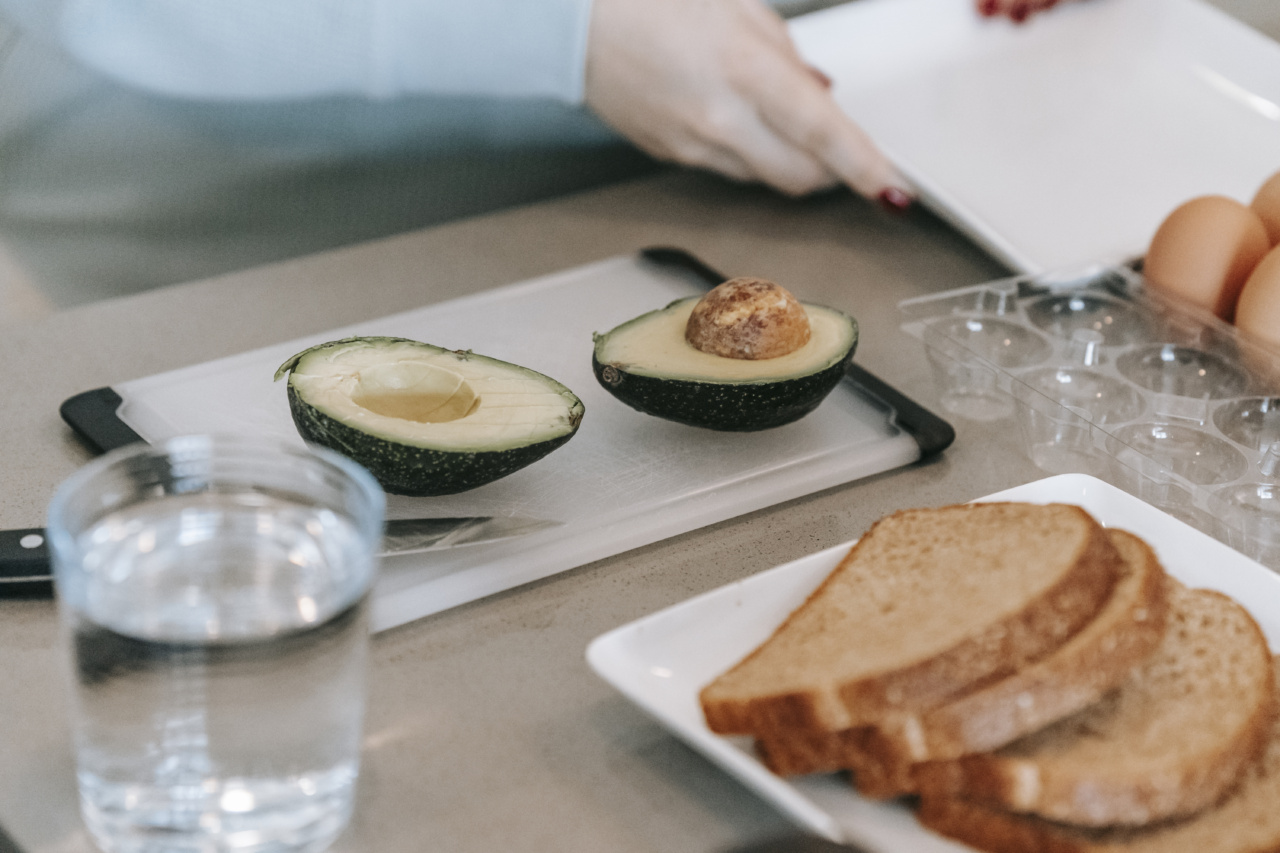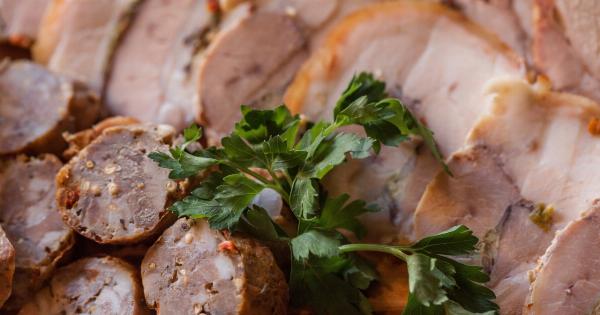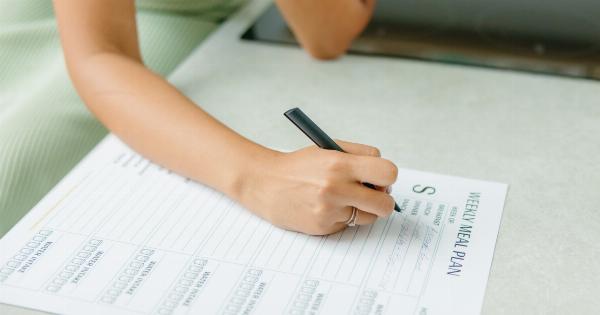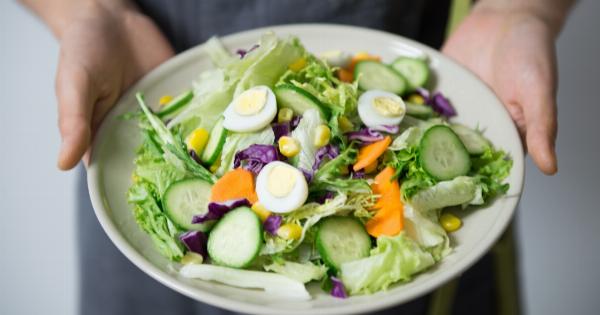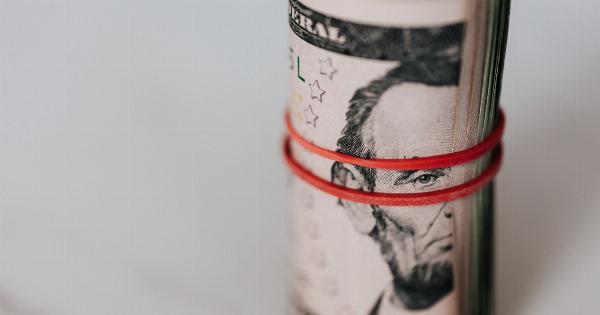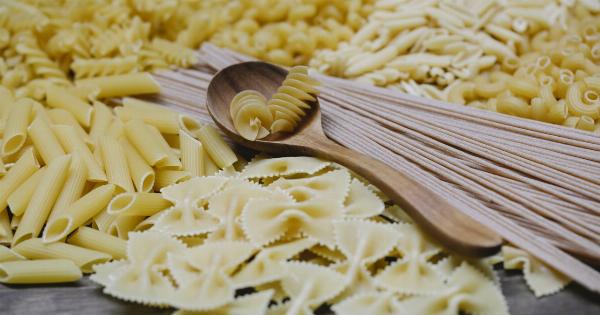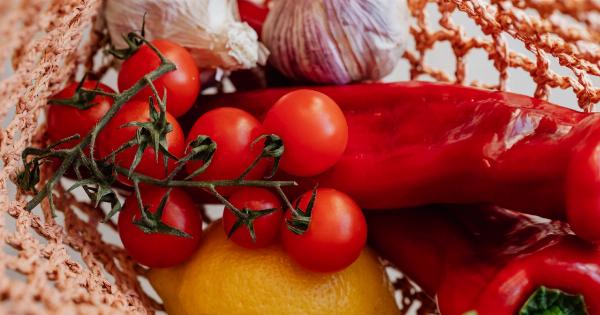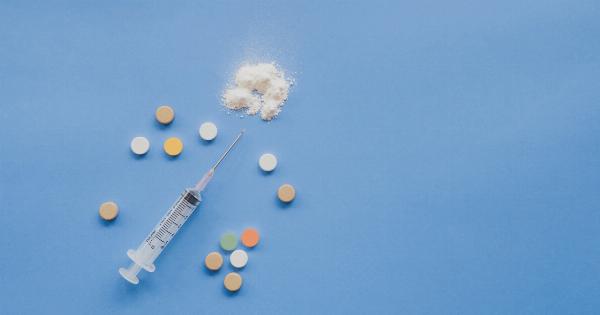Having a flat stomach is a common fitness goal for many people. Whether it’s for a special event or just to feel more confident, achieving a toned midsection requires a combination of regular exercise and a healthy diet.
While most people are aware that foods high in sugar and unhealthy fats can hinder their progress, there are some surprising offenders that may be sabotaging your efforts to achieve a flat stomach.
1. Carbonated Drinks
Carbonated drinks, such as soda, sparkling water, and even diet soda, can cause bloating and gas. These drinks contain carbon dioxide, a gas that gets trapped in your digestive system, leading to a distended abdomen.
Additionally, many carbonated beverages are high in sugar or artificial sweeteners, which can contribute to weight gain and hinder your progress towards a flat stomach.
2. Artificial Sweeteners
While it may be tempting to reach for that sugar-free snack or diet soda, artificial sweeteners can actually have a negative impact on your digestive system and contribute to bloating.
They are not fully absorbed by the body and can ferment in the gut, leading to gas and discomfort.
3. Cruciferous Vegetables
Vegetables such as broccoli, cauliflower, cabbage, and Brussels sprouts are incredibly nutritious but can also cause bloating. These vegetables contain complex sugars that can be difficult for some people to digest, leading to gas and discomfort.
Cooking these vegetables can help make them easier to digest or you can incorporate them in smaller portions until your body adjusts.
4. Legumes
Legumes such as beans and lentils are known for their high fiber content and numerous health benefits. However, they can also cause bloating and gas, especially if you’re not used to consuming them regularly.
Soaking legumes before cooking and gradually increasing your intake can help reduce these effects.
5. Dairy Products
While dairy products can be a good source of calcium and other nutrients, some individuals may experience bloating and discomfort due to lactose intolerance or sensitivity.
If you suspect dairy may be causing your stomach to appear bloated, try eliminating it from your diet and see if there is a difference in how you feel.
6. Fried Foods
Fried foods are often high in unhealthy fats and can contribute to weight gain and stomach bloating. These foods are typically cooked in oils that are difficult for the body to digest, leading to discomfort and a distended abdomen.
Opt for healthier cooking methods such as baking, grilling, or steaming to reduce the impact on your stomach.
7. Refined Grains
Foods made from refined grains, such as white bread, pasta, and pastries, can cause bloating and an increase in belly fat. These grains have been stripped of their natural fiber and nutrients, leaving behind empty calories.
Instead, opt for whole grains such as quinoa, brown rice, and whole wheat bread, which provide more fiber and nutrients.
8. Alcohol
While it’s nice to enjoy a cocktail or a glass of wine from time to time, excessive alcohol can lead to weight gain and bloating.
Alcohol is high in empty calories, and excessive consumption can disrupt your digestive system and cause inflammation. Limit your alcohol intake and opt for healthier alternatives such as herbal tea or infused water.
9. Salty Snacks
Snacks such as potato chips, pretzels, and other salty treats may be delicious, but they can cause water retention, leading to bloating.
Consuming high amounts of sodium can disrupt the balance of fluids in your body and cause your stomach to appear distended. Opt for healthier snacks such as raw nuts, seeds, or fresh fruits and vegetables.
10. Processed Foods
Processed foods, including packaged snacks, frozen meals, and fast food, are often high in unhealthy fats, sugar, and sodium.
These foods not only contribute to weight gain but can also cause bloating and stomach discomfort due to their poor nutritional content. Choose whole, unprocessed foods whenever possible to support a flat stomach and overall health.
